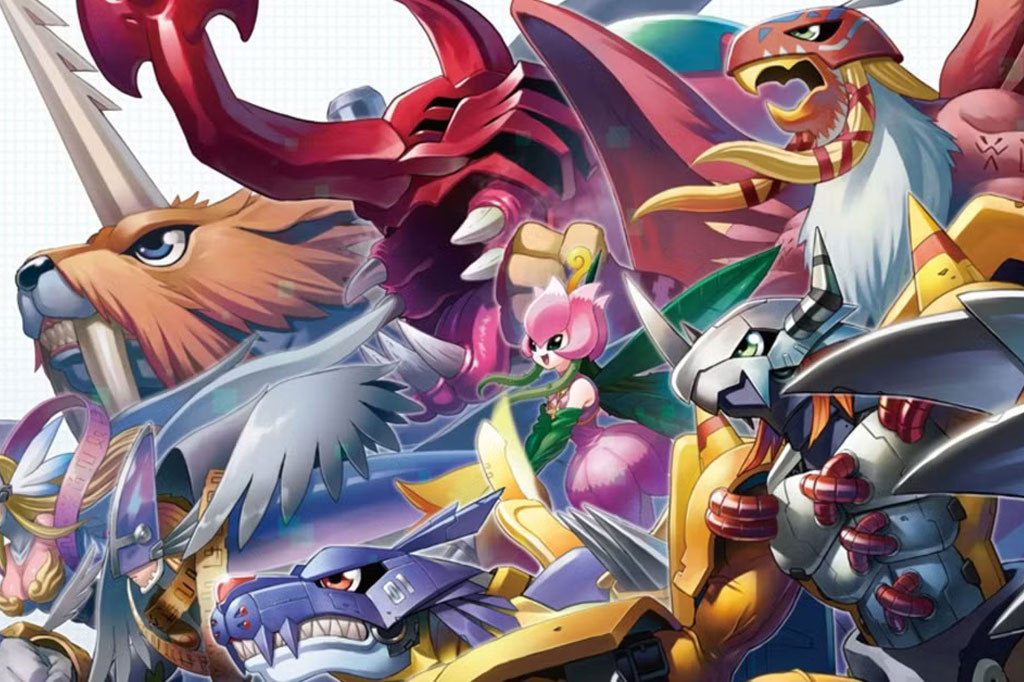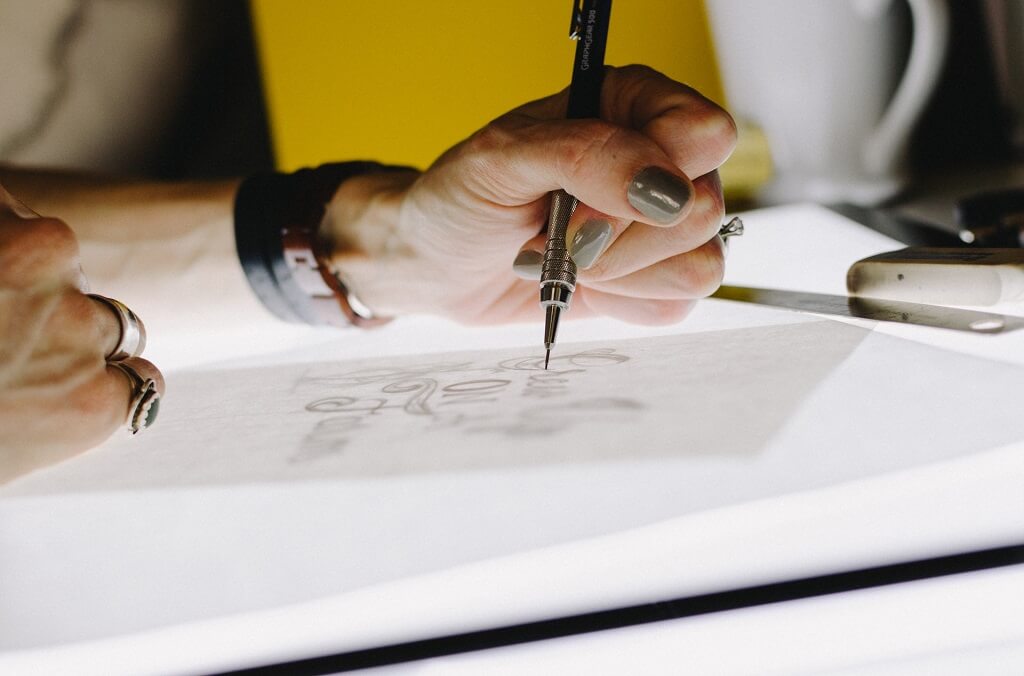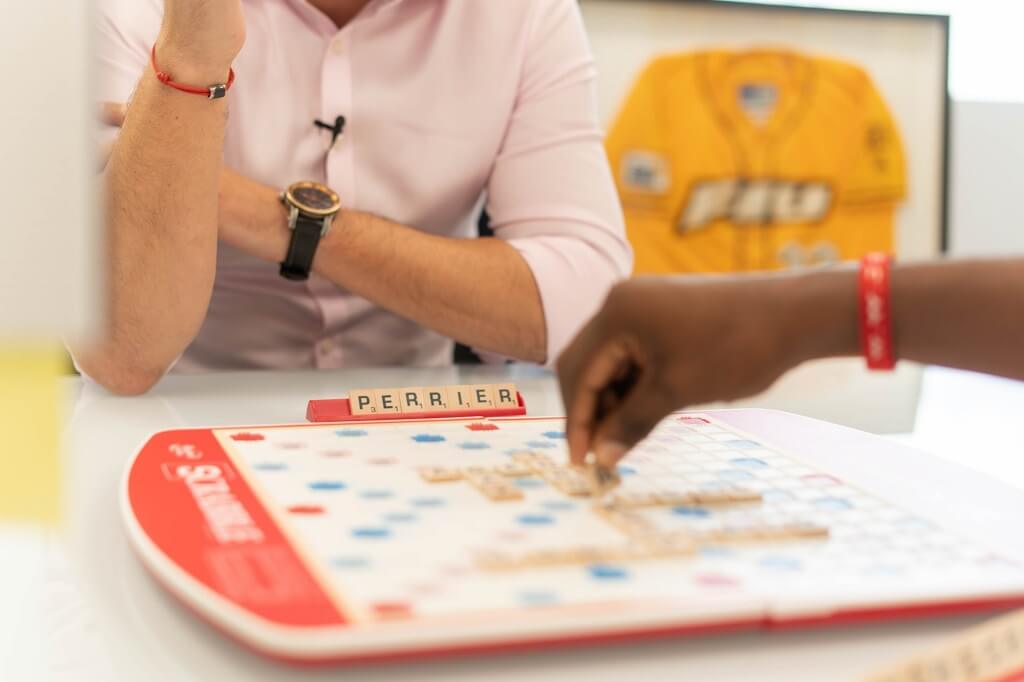Designing artwork for a custom trading card game (TCG) is one of the most creative parts of the entire production process. The artwork not only brings your game world to life but also communicates the tone, lore, and emotions that captivate players.
Whether you’re designing characters, spells, or items, great art can make your cards feel truly collectible and immersive.
Below is a comprehensive guide to help you design stunning and professional-quality artwork for your custom TCG.
Table of Contents
1. Define Your Game’s Visual Identity
Before you begin designing, clarify the core visual style of your game. Every successful TCG – from Magic: The Gathering to Pokémon, has a recognizable art direction that reflects its theme and audience.
Ask yourself:
- What emotions should the artwork evoke? (Epic, dark, whimsical, futuristic?)
- What is the setting or genre? (Fantasy, sci-fi, steampunk, modern, historical?)
- Who is your target audience? (Collectors, casual players, competitive gamers?)
Once you have answers, create a style guide that defines color palettes, line work, lighting style, and character proportions to ensure visual consistency across all cards.
2. Understand the Card Layout
In trading card games, artwork is just one component of the card. The design must fit seamlessly with text, icons, borders, and backgrounds.
Typical TCG artwork areas:
- Main illustration area: Usually occupies 40–60% of the card.
- Text box: Includes abilities, effects, or lore text.
- Name and type area: Displays the card title, category, or cost.
- Icon areas: May include attack, defense, or rarity symbols.
Design with safe zones and bleed margins in mind (usually 3mm bleed).
3. Focus on Composition and Readability
A stunning illustration is one that looks great both up close and at card size (typically 63 × 88 mm for standard cards).
To ensure clarity:
- Use strong silhouettes to make characters and objects instantly recognizable.
- Maintain balanced contrast between background and foreground.
- Avoid clutter – each card should convey one clear subject or action.
Remember, players should be able to identify what’s happening in the artwork at a glance during gameplay.
4. Create a Cohesive Color Palette
Color plays a huge role in establishing mood and readability. For instance:
- Warm colors (reds, oranges, yellows): Convey power, danger, or aggression.
- Cool colors (blues, greens, purples): Suggest calm, magic, or defense.
- Neutrals (grays, browns): Ground the scene and balance intensity.
Develop a color palette system that can also indicate gameplay elements. For example, you might assign colors to different factions or card types (like “Fire” cards being red and “Nature” cards green).
5. Capture Character and Emotion
Characters are often the soul of your TCG. Give them unique personalities and designs that reflect their abilities or story roles.
Tips for character-focused artwork:
- Emphasize facial expressions and body language.
- Include visual storytelling elements – like props, scars, or clothing details that reveal their history.
- Use dynamic poses for action cards and stoic stances for powerful or legendary cards.
If your game includes creatures or monsters, make sure their designs feel consistent within your game world’s ecosystem or mythology.
6. Balance Detail and Simplicity
High-detail artwork can look stunning in digital form, but too much can muddy the print version. Test your design at actual card size to ensure lines and colors remain clear.
- Use detail strategically around focal points (like faces or weapons).
- Simplify or blur backgrounds to highlight the main subject.
- Avoid text or icons overlapping with complex visual areas.
7. Consider Foil, UV, or Holographic Effects
If you plan to create premium cards, design your artwork with special finishes in mind:
- Spot UV coating: Highlight specific parts (like energy effects or logos).
- Foil layers: Add shine to metallic areas such as armor or magic glows.
- Holographic backgrounds: Create depth and rarity appeal.
Work with your manufacturer to understand how these finishes interact with your artwork. Some effects may require separate design layers (e.g., metallic ink mask).
8. Collaborate with Professional Artists
Even if you’re handling the creative direction, professional illustrators can elevate your card visuals. Look for artists experienced in fantasy illustration, digital painting, or concept art.
When commissioning art:
- Provide clear briefs with size, mood, color direction, and references.
- Request layered PSD or AI files to allow easy adjustment for printing.
- Discuss licensing and ownership rights upfront to avoid legal issues later.
9. Optimize Files for Printing
Once the artwork is finalized:
- Use CMYK color mode (not RGB) for accurate printing.
- Maintain 300 DPI resolution for sharp images.
- Save with bleed and trim marks if required by your printer.
- Ensure fonts are outlined or embedded.
If your manufacturer offers a card template, use it to align your artwork perfectly within the printable area.
10. Playtest with Visuals
Before mass production, create a few printed samples or digital mockups. See how your artwork looks in real gameplay. Ask players:
- Is the artwork readable and engaging?
- Does it match the theme and tone?
- Are any elements distracting or unclear?
Collect feedback and adjust accordingly before final printing.




